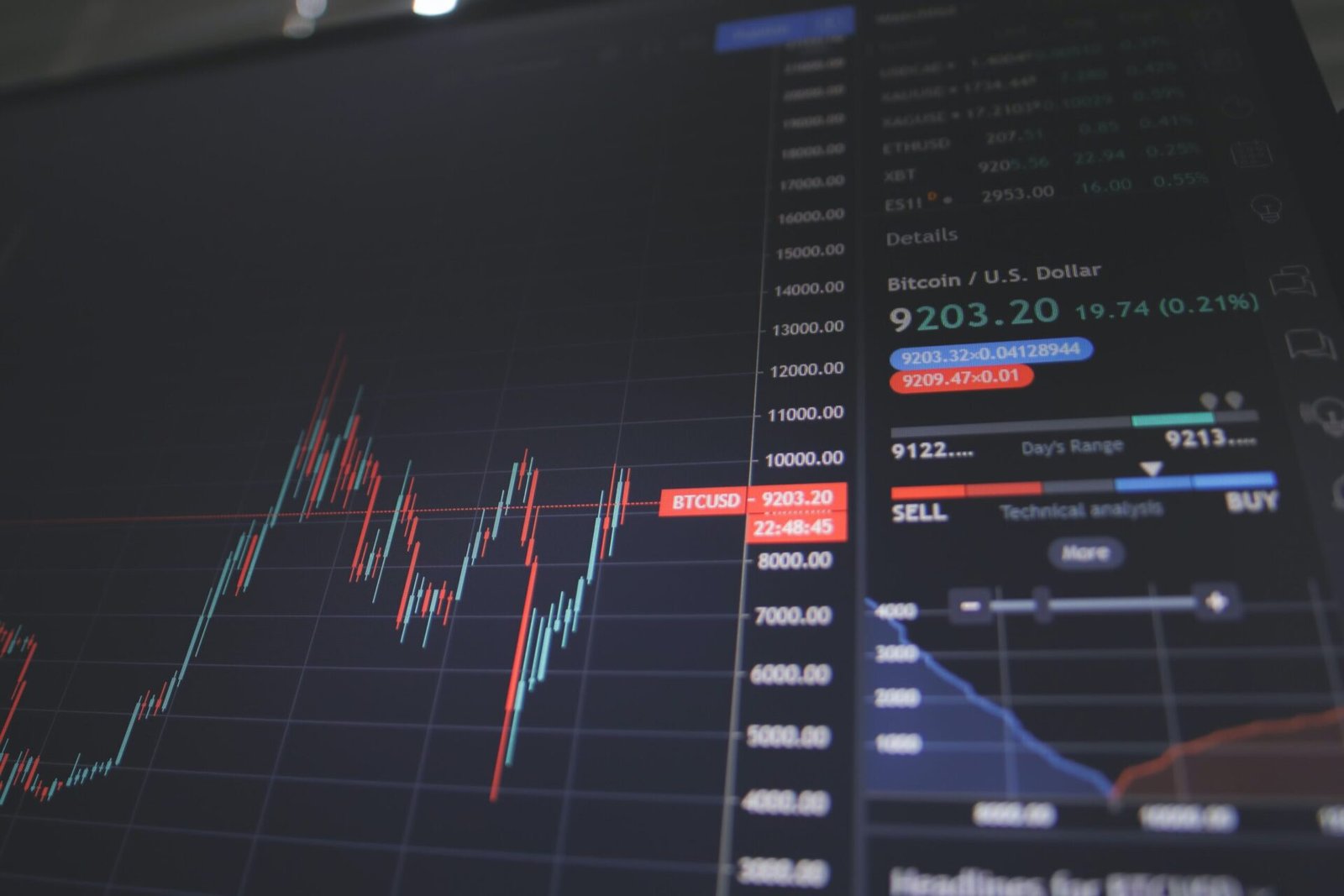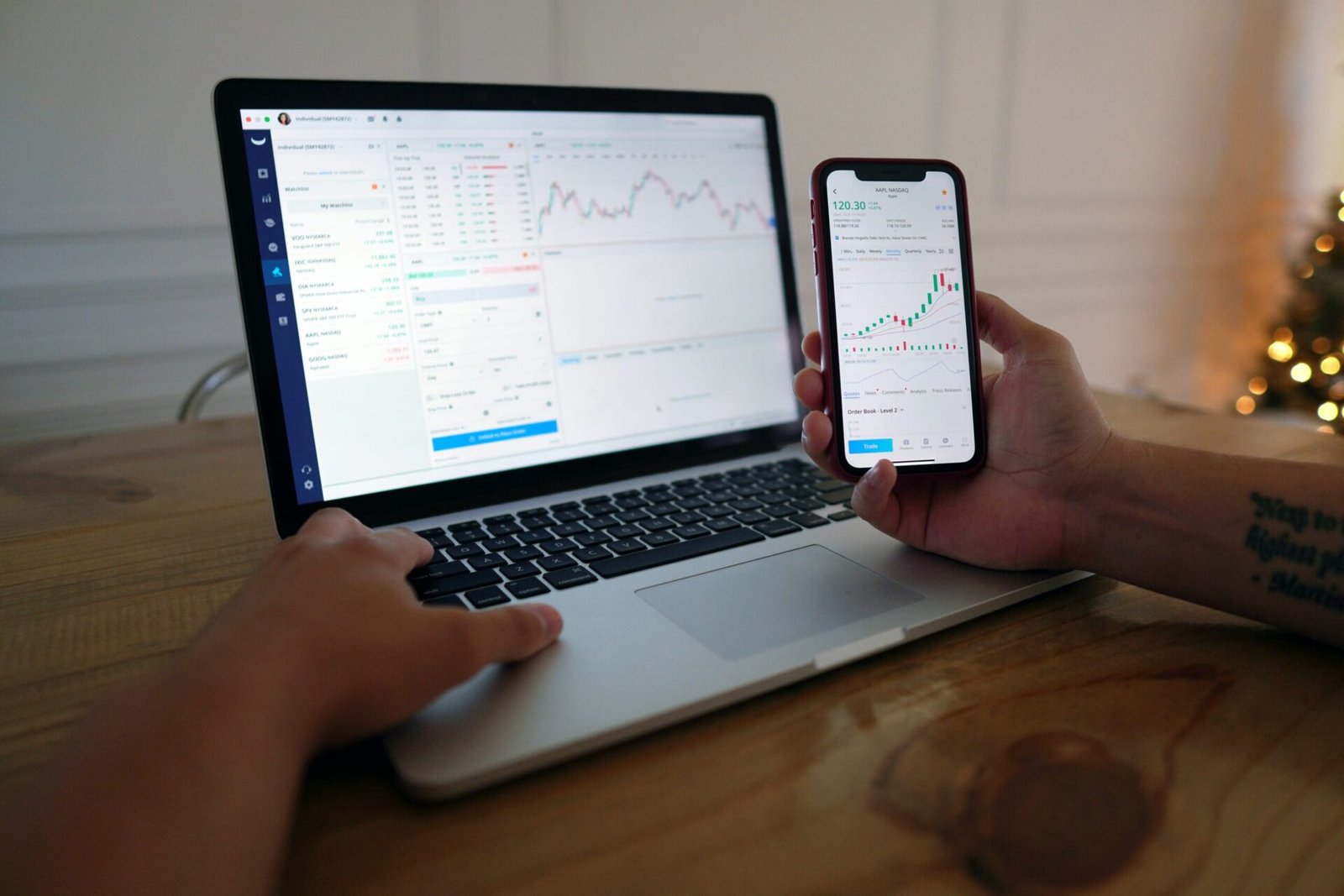Derivative contracts come in various forms, including options, futures, forwards, and swaps. Each type of contract has its own unique characteristics and purpose. Options, for example, give the holder the right, but not the obligation, to buy or sell an asset at a specified price within a certain period of time. This flexibility allows investors to protect themselves against potential losses or to profit from favorable price movements without actually owning the underlying asset.
Futures contracts, on the other hand, obligate both parties to buy or sell the underlying asset at a predetermined price on a specified date in the future. These contracts are commonly used in commodities markets, where producers and consumers enter into agreements to lock in prices for future delivery. By doing so, they can mitigate the risk of price fluctuations and ensure a more stable business environment.
Forwards contracts are similar to futures contracts in that they also involve an obligation to buy or sell an asset at a future date and price. However, forwards are typically customized agreements between two parties and are not traded on an exchange. They are commonly used in over-the-counter (OTC) markets, where participants tailor the terms of the contract to meet their specific needs.
Swaps, on the other hand, are derivative contracts that involve the exchange of cash flows or liabilities between two parties. These contracts are often used to manage interest rate risk, currency risk, or credit risk. For example, a company that has borrowed money at a variable interest rate may enter into an interest rate swap to convert the variable interest payments into fixed payments, thereby reducing the uncertainty associated with interest rate fluctuations.
Derivative contracts play a crucial role in financial markets by providing liquidity, facilitating price discovery, and allowing participants to manage various types of risks. However, they also carry inherent risks, including the potential for significant losses if the market moves against the position taken. Therefore, it is important for investors and market participants to have a thorough understanding of derivative contracts and the associated risks before engaging in trading or hedging activities.
Types of Derivative Contracts
There are several types of derivative contracts, each serving different purposes and catering to specific needs. Understanding these various types is crucial for investors and traders in order to make informed decisions and manage risks effectively.
Forwards and Futures: These contracts are among the most basic and widely used derivatives. They obligate the buyer to purchase an asset or the seller to sell an asset at a future date and a predetermined price. Forwards are typically traded over-the-counter (OTC), while futures are standardized contracts traded on exchanges. They are commonly used for commodities, currencies, and financial instruments.
Options: Options provide the buyer with the right, but not the obligation, to buy (call option) or sell (put option) an asset at a predetermined price within a specific timeframe. This flexibility allows investors to profit from price movements while limiting potential losses. Options are commonly used for hedging, speculation, and generating income through premium collection.
Swaps: Swaps involve the exchange of cash flows or liabilities between two parties based on predetermined terms. They are commonly used for managing interest rate, currency, or credit risks. Interest rate swaps, for example, allow parties to exchange fixed and floating interest rate payments to better align their financing needs. Currency swaps enable parties to exchange one currency for another at an agreed-upon rate, mitigating exchange rate risks.
Structured Products: These derivative contracts are customized to meet specific investment objectives. They often combine various derivatives and other securities to create a unique investment product. Structured products can offer enhanced returns, downside protection, or exposure to specific market factors. However, they can also be complex and carry higher risks.
Exchange-Traded Funds (ETFs): While not strictly derivative contracts, ETFs are investment funds that trade on stock exchanges and aim to replicate the performance of a specific index or asset class. ETFs can be considered as derivatives because their value is derived from the underlying assets they represent. They provide investors with diversified exposure to a wide range of markets and assets, offering liquidity and flexibility.
It is important for investors to thoroughly understand the characteristics, risks, and potential rewards associated with each type of derivative contract before engaging in trading or investing activities. Proper risk management, due diligence, and consultation with financial professionals are essential for successful participation in derivative markets.
How Derivative Contracts Work
Derivative contracts work by allowing parties to speculate on the price movements of an underlying asset without actually owning it. Let’s take a closer look at how they work:
1. Parties Involved
A derivative contract involves two main parties:
- Buyer: The party who agrees to purchase the underlying asset at a future date.
- Seller: The party who agrees to sell the underlying asset at a future date.
2. Contract Terms
The parties agree on various contract terms, including:
- Underlying Asset: The asset on which the derivative contract is based. It can be a stock, commodity, currency, bond, or index.
- Contract Size: The quantity or value of the underlying asset covered by the contract.
- Price: The agreed-upon price at which the asset will be bought or sold.
- Expiration Date: The date when the contract expires and the transaction must be settled.
3. Settlement
Derivative contracts can be settled in two ways:
- Physical Delivery: The buyer receives the underlying asset, and the seller delivers it on the expiration date.
- Cash Settlement: The buyer and seller settle the contract’s value in cash on the expiration date, based on the difference between the contract price and the market price of the underlying asset.
4. Profit and Loss
The profit or loss in a derivative contract depends on the price movement of the underlying asset. Here are two scenarios:
- Profit: If the market price of the underlying asset moves favorably for the buyer, they can sell the derivative contract at a higher price than the contract price, resulting in a profit.
- Loss: If the market price of the underlying asset moves unfavorably for the buyer, they may choose not to exercise the contract, resulting in a loss limited to the premium paid.
It is important to note that derivative contracts can be highly complex and involve significant risks. They are often used by investors and traders to hedge against price fluctuations, speculate on market movements, or manage their portfolio’s risk exposure. Derivatives can be traded on various exchanges or over-the-counter (OTC) markets, depending on the type of contract and the parties involved.
For example, futures contracts are standardized derivative contracts traded on exchanges, while options contracts can be customized and traded both on exchanges and OTC markets. Other types of derivatives, such as swaps and forwards, are commonly used in the financial industry to manage interest rate, currency, or commodity price risks.
Derivative contracts play a crucial role in modern financial markets, providing liquidity, price discovery, and risk management tools. However, due to their complexity and potential for significant gains or losses, it is important for market participants to have a thorough understanding of derivative products and their associated risks before engaging in derivative trading or investing.
Benefits of Derivative Contracts
Derivative contracts offer several benefits to market participants:
- Risk Management: Derivatives allow businesses to hedge against price fluctuations, reducing exposure to market risks. By using derivative contracts, companies can protect themselves from adverse price movements in commodities, currencies, or interest rates. For example, a company that relies heavily on a particular commodity can use futures contracts to lock in a favorable price, ensuring stability in its supply chain and protecting its profit margins. Similarly, investors can use options contracts to limit their downside risk in the stock market, providing a level of insurance against potential losses.
- Price Discovery: Derivative markets provide valuable information about the expected future prices of underlying assets. Through the trading of derivative contracts, participants collectively incorporate their expectations and opinions about future market conditions. This process of price discovery helps market participants make informed decisions about buying or selling the underlying assets. For instance, if the price of oil futures contracts is rising, it may indicate expectations of higher oil prices in the future, prompting investors to adjust their investment strategies accordingly.
- Liquidity: Derivative markets are highly liquid, allowing participants to enter or exit positions easily. This liquidity is essential for efficient price discovery and risk management. Market participants can quickly buy or sell derivative contracts in large volumes without significantly impacting market prices. The presence of liquidity ensures that market participants can easily execute their trading strategies and manage their positions effectively. Furthermore, the ability to enter and exit positions quickly enhances the overall efficiency of the market, attracting more participants and increasing market depth.
- Speculation and Investment: Derivatives provide opportunities for investors to speculate on price movements and enhance their investment strategies. By taking positions in derivative contracts, investors can profit from price fluctuations without owning the underlying assets. For example, a trader who believes that a particular stock will decrease in value can sell futures contracts or purchase put options on the stock, allowing them to profit if the stock price indeed declines. Additionally, derivatives can be used to enhance investment strategies by providing leverage and diversification. Through the use of derivatives, investors can amplify their potential returns or manage their risk exposure across different asset classes.
Risks Associated with Derivative Contracts
While derivative contracts offer various benefits, they also come with certain risks:
- Market Risk: Derivatives are subject to market volatility, and adverse price movements can result in significant losses. For example, if an investor holds a futures contract on a particular commodity and the price of that commodity decreases, the investor may incur substantial losses. Similarly, if an investor holds an options contract and the price of the underlying asset does not move in the anticipated direction, the investor may also face significant losses.
- Counterparty Risk: There is a risk that the counterparty may default on their obligations, leading to financial losses. This risk is particularly relevant in over-the-counter (OTC) derivative contracts, where the contracts are privately negotiated between two parties. If one party fails to fulfill its obligations, the other party may suffer financial losses. To mitigate this risk, many market participants use central clearinghouses, which act as intermediaries and guarantee the performance of derivative contracts.
- Leverage Risk: Derivatives often involve leverage, amplifying both potential profits and losses. Leverage allows investors to control a large amount of underlying assets with a relatively small investment. While this can lead to significant profits if the market moves in the investor’s favor, it can also result in substantial losses if the market moves against them. For example, a small change in the price of an underlying asset can have a magnified impact on the value of a derivative contract, potentially leading to large losses.
- Complexity: Some derivative contracts are complex and require a deep understanding of the underlying assets and market dynamics. For instance, exotic options or structured products may have intricate payoff structures that depend on multiple variables. This complexity can make it challenging for investors to accurately assess the risks involved and make informed investment decisions. It is crucial for market participants to thoroughly analyze the terms and conditions of derivative contracts and seek professional advice if necessary.
These risks highlight the importance of careful risk management and due diligence when engaging in derivative contracts. Market participants should fully understand the risks involved and ensure they have the necessary expertise and resources to manage and mitigate these risks effectively.
Regulation of Derivative Contracts
Derivative contracts are subject to regulatory oversight to ensure market integrity and investor protection. Regulatory bodies, such as the Commodity Futures Trading Commission (CFTC) in the United States, enforce rules and regulations governing derivative markets.
The regulation of derivative contracts plays a crucial role in maintaining the stability and transparency of financial markets. It aims to prevent market manipulation, fraud, and excessive risk-taking, which can have severe consequences for the overall economy. By imposing rules and regulations, regulatory bodies seek to create a level playing field for all market participants and promote fair and orderly trading.
The CFTC, for instance, has the authority to regulate futures contracts, options on futures, and swaps. It sets standards for contract terms, trading practices, and market infrastructure. The commission also requires market participants to register with them, ensuring that only qualified and reputable entities are allowed to engage in derivative trading.
One of the primary objectives of derivative regulation is to protect investors from unfair practices and abuses. Regulatory bodies establish disclosure requirements, ensuring that market participants have access to relevant information about the derivative products they are trading. This enables investors to make informed decisions and assess the risks associated with these complex financial instruments.
Moreover, derivative regulation also focuses on monitoring and managing systemic risks. Given the interconnectedness of financial markets, the failure of a major player in the derivatives market can have far-reaching consequences. Regulatory bodies implement risk management measures to mitigate the potential impact of such events and safeguard the stability of the overall financial system.
Another aspect of derivative regulation is the enforcement of anti-money laundering (AML) and know-your-customer (KYC) requirements. By imposing these obligations on market participants, regulatory bodies aim to prevent illicit activities, such as money laundering and terrorist financing, from being facilitated through derivative transactions.
In recent years, there has been an increased emphasis on international cooperation in derivative regulation. As derivative markets are global in nature, regulatory bodies collaborate with their counterparts in other jurisdictions to ensure consistent standards and effective oversight. This cooperation helps in addressing cross-border risks and harmonizing regulatory approaches, ultimately enhancing the stability and efficiency of the global derivatives market.
In conclusion, the regulation of derivative contracts is essential for maintaining the integrity and stability of financial markets. Regulatory bodies, such as the CFTC, enforce rules and regulations to protect investors, prevent market manipulation, manage systemic risks, and combat illicit activities. By promoting transparency, fairness, and accountability, derivative regulation contributes to the overall health and resilience of the global financial system.





Be First to Comment